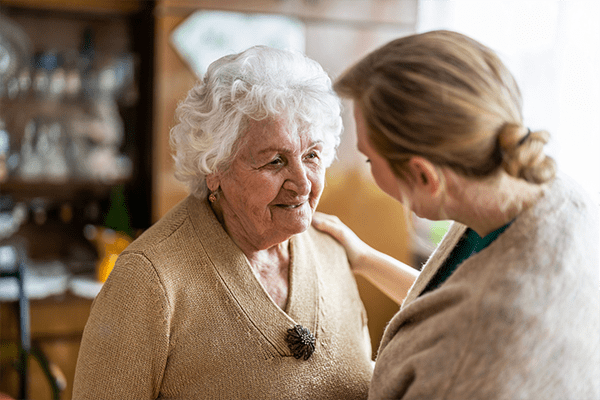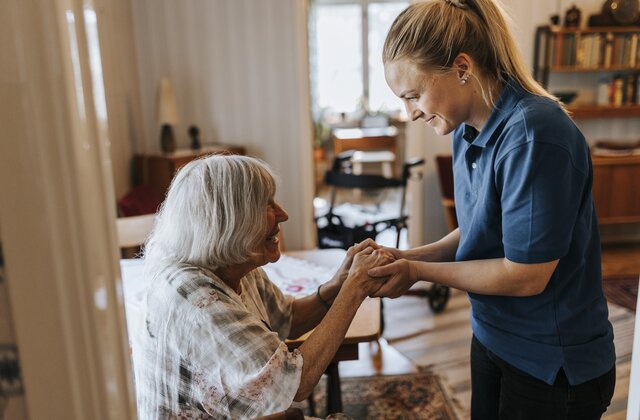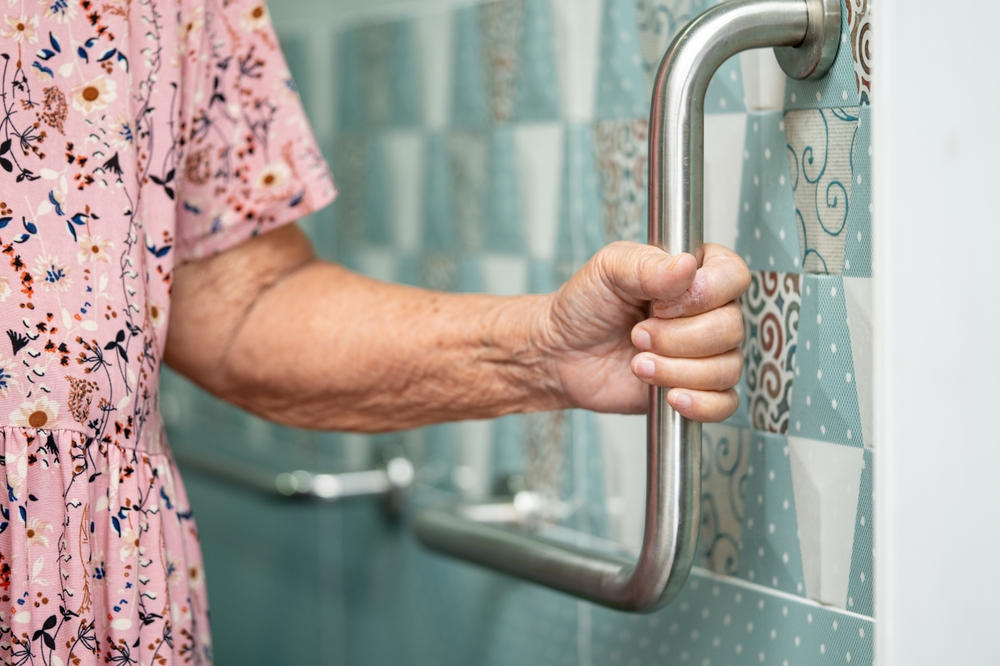As we observe Fall Prevention Month Awareness, it’s crucial to understand the significance of maintaining safety and stability in our daily lives. Falls are a leading cause of injury among older adults, and raising awareness about this issue is essential to prevent such incidents. This article aims to provide valuable insights into fall prevention strategies and the importance of Fall Prevention Month Awareness.

Understanding Fall Prevention Month
Fall Prevention Month is an annual campaign dedicated to educating the public about the risks of falls and promoting measures to reduce these risks. The focus is on empowering individuals, especially the elderly and their caregivers, to take proactive steps in preventing falls. This initiative emphasizes the need for community involvement and the implementation of effective safety practices.
Why Fall Prevention Matters
Falls can lead to serious injuries, particularly for older adults. According to the Centers for Disease Control and Prevention, one out of four older adults falls each year, but less than half tell their doctor. Raising awareness about fall prevention is vital in reducing the incidence of falls and improving the quality of life for many individuals.
Key Statistics
- Every 11 seconds, an older adult is treated in the emergency room for a fall.
- More than 3 million injuries are treated annually due to falls.
- Falls result in over 800,000 hospitalizations every year.
Common Causes of Falls
Understanding the causes of falls is the first step in prevention. Some common causes include:
- Poor balance and muscle weakness
- Hazards at home, such as loose rugs or clutter
- Medication side effects
- Vision problems
- Chronic health conditions
Fall Prevention Strategies
Implementing effective fall prevention strategies can significantly reduce the risk of falls. Here are some key strategies:
Exercise and Physical Activity
Regular physical activity improves strength, balance, and coordination. Exercises such as Tai Chi, yoga, and walking are beneficial. For more information on suitable exercises, visit our fall prevention exercises page.
Home Safety Modifications
Identifying and eliminating hazards at home is critical. Consider the following modifications:
- Install handrails on stairs and in bathrooms
- Ensure adequate lighting throughout the home
- Remove tripping hazards like loose rugs
Vision and Health Check-Ups
Regular eye exams and health check-ups can help identify issues that may contribute to falls. Addressing vision problems and managing chronic conditions are crucial steps in fall prevention.
Assistive Devices and Technology
Using assistive devices can enhance safety and independence. Devices such as canes, walkers, and grab bars are valuable aids. Additionally, technology like fall detection systems provides an extra layer of security. Learn more about fall detection options on our fall detection for seniors page.
The Role of Caregivers
Caregivers play a crucial role in fall prevention by supporting and assisting those at risk. They can help with:
- Creating a safe environment
- Encouraging regular exercise
- Monitoring medications
- Accompanying individuals to appointments
Community Involvement
Community programs and resources are invaluable in promoting fall prevention. Local organizations often offer workshops, fitness classes, and home safety assessments. Engaging with these resources can provide additional support and education.
Fall Prevention Education
Education is a powerful tool in preventing falls. Raising awareness through campaigns, workshops, and informational materials can empower individuals to take action. Sharing information with family, friends, and neighbors can help spread awareness and encourage a culture of safety.
Conclusion
Fall Prevention Month Awareness serves as a reminder of the importance of safety and prevention. By understanding the risks and implementing effective strategies, we can reduce the incidence of falls and enhance the quality of life for ourselves and our loved ones. Let us all take part in promoting fall prevention and ensuring a safer future for everyone.

FAQs on Fall Prevention
What is Fall Prevention Month?
Fall Prevention Month is an annual campaign aimed at raising awareness about the risks of falls and promoting strategies to reduce these risks, particularly among older adults.
How can exercise help prevent falls?
Exercise improves strength, balance, and coordination, which are crucial in preventing falls. Engaging in regular physical activity can significantly reduce the risk of falling.
What should I do if I fall?
If you fall, try to remain calm and assess yourself for injuries. If you are injured, call for help immediately. If you are not injured, take your time getting up, and seek medical attention if necessary.
This article contains affiliate links. We may earn a commission at no extra cost to you.






